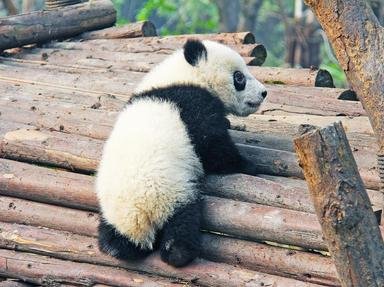Quiz Answer Key and Fun Facts
1. Kuwait is a desert, so the first mammal that comes to mind is the camel. But, there is more than one kind of camel. Which type of camel is found in Kuwait?
2. This next mammal found in Kuwait is called a jerboa. It has very strong back legs and tiny front legs and a tuft of fur at the tip of its tail. Which of the following animals is about the same size as a jerboa?
3. Our next Kuwaiti mammal is a domesticated animal, not a wild one. This animal is used primarily for food and is ritually sacrificed in a religious ceremony (Eid Al-Adha) following the Islamic Hajj time.
4. Next up is the most common feral mammal in Kuwait. These mammals are kept as pets in many countries of the world.
5. Let's head to the Arabian Gulf (or Persian Gulf to some) and look for our next mammal in the water. In the past, this mammal was frequently mistaken for a mermaid by many sailors.
6. Our next Kuwaiti mammal is the desert hedgehog. When it is frightened, it will roll up for protection, becoming a ball of spines that will deter many predators. What does a desert hedgehog eat?
7. A flying mammal in Kuwait? There are several different species of bats that can be found, if you are willing to be out at night looking for them! Into which scientific order do these insect-eating flying mammals belong?
8. A big cat in Kuwait? Yes, indeed. The caracal is actually classified as a "small cat" by scientific standards. It has very long, tufted eats as its trademark, but also is known for having eyes that are different from most other cats - what is that difference?
9. Sadly, the next mammal USED to be found in Kuwait, but was officially declared to be extinct in 2008. This mammal, a type of gazelle, was hunted out of existence by humans. It is named for a large Arabic country.
10. Arabic is the language spoken in Kuwait, and this mammal's name is from the Arabic word for 'fox'. This little nocturnal mammal has unusually large ears and a cream-colored, fluffy coat. Unfortunately, it is often captured for its fur and the exotic pet trade.
Source: Author
americanq8ty
This quiz was reviewed by FunTrivia editor
crisw before going online.
Any errors found in FunTrivia content are routinely corrected through our feedback system.
